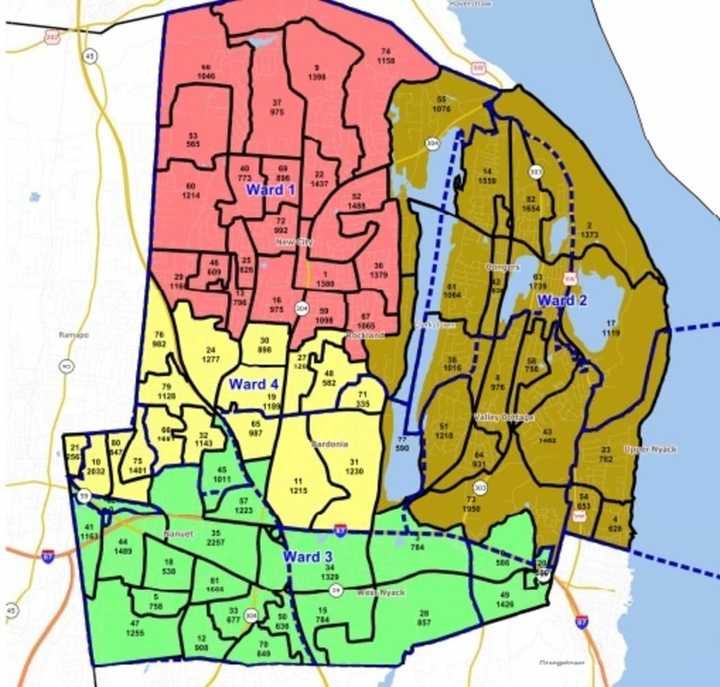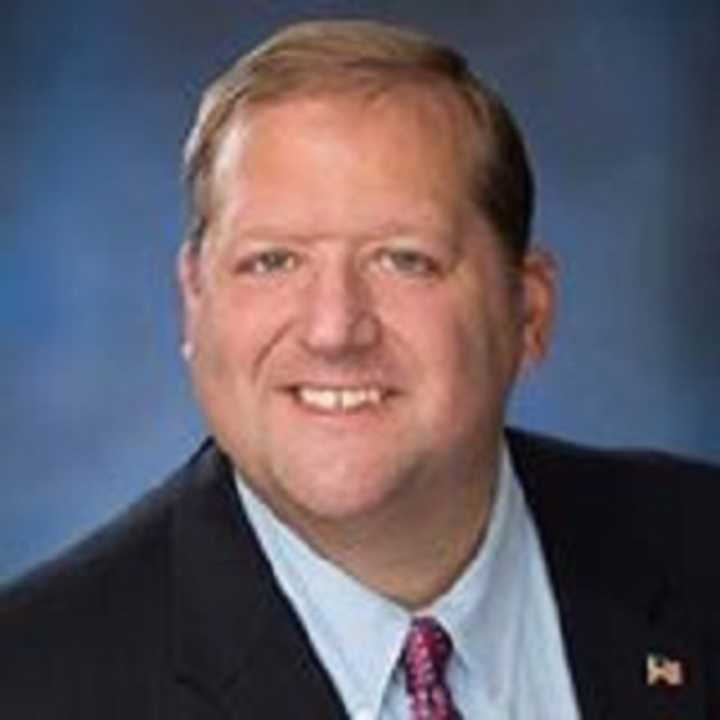The ward system, which was approved by voters in 2015, divvies up the town into four zones.
After ironing out a few wrinkles, the Town Board voted unanimously to implement it Tuesday.
This means that, instead of running “at large,” council candidates must be elected by the residents of the ward in which they themselves live.
The supervisor’s position is the only exception to the rule. He or she can still run “at large,” meaning any resident of the town, no matter what part they live in, can vote for him or her.
The incumbent Republican just announced his intention to run for re-election.
The amended law originally delayed launching the ward system until 2019 and had given board members staggered four-year terms.
It also sets a consecutive term limit of eight years, meaning that council members must run for office every two years.
Vincent Balascio, the town’s director of finance, said Wednesday that it also “re-sets the clock” on council member’s terms, meaning that that the consecutive eight-year limit starts afresh in November.
All of the other council seats are up for grabs as well. They are currently held by Democrats Stephanie Hausner and Daniel Caprara; and Republicans Frank Borelli and John Noto.
None of the other potential hopefuls have officially declared their intentions.
The new ward map, which can be seen on the town’s website, was drawn up by the town itself and filed with the Rockland County Board of Elections.
Commissioner Kristen Zebrowski Stavisky said Wednesday that the board is working hard to implement the new map.
It is in the process of installing new software in its computer system that may help things go more smoothly, Stavisky said.
If folks are confused about what ward they’re actually in, they can call the board at (845) 638-5172.
“We are ready to help them out any way we can,” Stavisky said.
Hoehmann said that ward systems make it easier to run for local office because the costs of campaigning in a smaller area are fewer. It might also encourage newcomers to throw their hats in the ring and ensure that residents’ needs are better served in the long run, he added.
“The ward system represents local government at its best, where the needs of a community are brought to the forefront,” the supervisor said.
Balascio said each of the new wards has an “average” population of 21,000. But if only those residents who are of voting age are counted, the average population of each ward is about 16,000.
According to laws governing ward systems, municipalities can draw up zones that deviate, population-wise, by up to 10 percent.
That means that there is a 10 percent difference between the most populated ward and the least populated one.
In Clarktown’s case, that deviation is only 2.6 percent, which is “pretty great,” Balascio said.
Stavisky, however, disagreed with that number, saying that the deviation, population-wise, is 4.08 percent. After folks of non-voting age are discounted, that difference is 4.99 percent, she said.
The wards, the areas they cover, and the councilmen and women who currently live in them are:
- Ward 1: New City’s downtown and northern section. (Stephanie Hausner, a Democrat, and Frank Borelli, a Republican).
- Ward 2: The hamlets of Valley Cottage and Congers. A bit of New City near Lake DeForest. The village of Upper Nyack. (Daniel Caprara, a Democrat.)
- Ward 3: West Nyack, most of Nanuet, and Central Nyack. (No current councilmen live in this ward.)
- Ward 4: New City’s southern section. Most of Bardonia. The Clarkstown portion of Spring Valley. (John Noto, a Republican.)
Click here to follow Daily Voice New City and receive free news updates.

